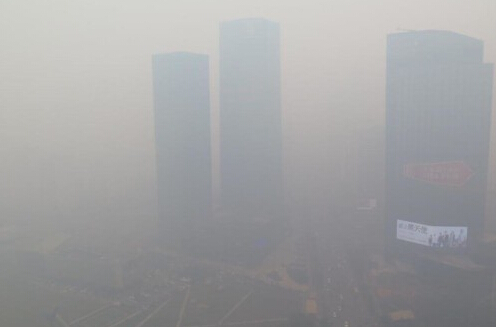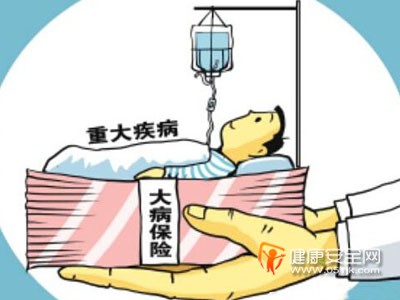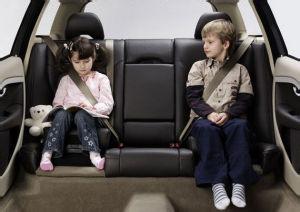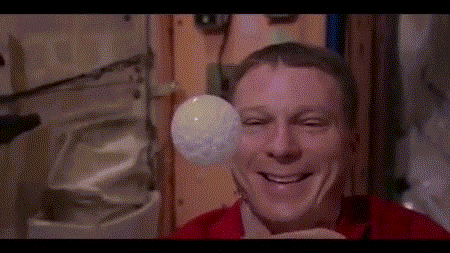The average American commuter spent 50 hours in traffic last year. As a nation, we spent eight billion hours sitting in our cars, waiting for lights to change, for the driver ahead to sneak into that parking spot, for an accident to be cleared.
去年,普通美国通勤者耗在交通堵塞上的时间为50个小时。在美国,我们花费了80亿个小时坐在车中,等待路灯变化,等待前车司机驶入停车位,等待交通事故被处理好。
That's not much more time than many Europeans spend in cars. According to Inrix, a roadway and traffic analytics company, drivers and passengers in Belgium spent 44 hours in traffic last year; in Germany, 39 hours.
这并不比很多欧洲人等在车里的时间多出多少。据道路交通分析公司Inrix称,比利时的司机和乘客去年遇上交通堵塞的时间为44小时,德国人为39小时。
Wherever it happens, new research suggests that all that sitting and waiting is exposing us to more pollutants than we'd take in if were we cruising along.
新的研究显示,无论在什么地方,与一路畅通无阻吸入的污染物相比,坐在车里等待会让我们暴露在更多的污染物之中。
Researchers at the University of Surrey in England took to the streets of Guildford, "a typical English town," to look at the effects of traffic on concentrations of polluting particles. They also analyzed how ventilation settings changed those concentrations inside of cars.
英国萨里大学的研究人员们来到“典型的英式城镇”吉尔福德的街头,观察交通堵塞对污染粒子浓度的影响。他们还分析了通风装置是如何改变车内污染浓度的。
The scientists took their measurements inside a car as it traveled on a six-kilometer loop, passing through 10 traffic intersections. They tracked the concentrations of different-size particles of air pollution — ranging from course to fine — at each intersection.
科学家们让一辆车沿着六公里的环路行驶,途经10个交通路口,并且在车里进行测量。他们在每个路口追踪记录了从粗到细不同尺寸空气污染粒子的浓度。
In a car stuck in traffic, shutting all the windows and turning off the fan or heat reduced concentration doses of the smallest, most hazardous particles by up to 76 percent.
堵车时关闭所有车窗、风扇或暖气,会让车内危害性最强的最小颗粒物的浓度降低76%。
And while they were only at traffic intersections for about 7 percent of total commuting time on average, the time accounted for as much as 10 percent of their exposure to harmful particles. The exposure was more than six times greater in cars with open windows than for pedestrians at three- or four-way intersections.
尽管在交通路口的停留时间平均仅占总通勤时间的7%左右,但研究人员在此期间接触的有害颗粒物却相当于总量的10%。在丁字路口或十字路口,打开车窗的车辆接触的有害颗粒物比行人高六倍多。
So when you're stopped at an intersection, roll up the windows, and breathe easier.
所以,当车辆被堵在路口时,关闭车窗,呼吸会更加畅通。
实习编辑:李孟洁





































































































